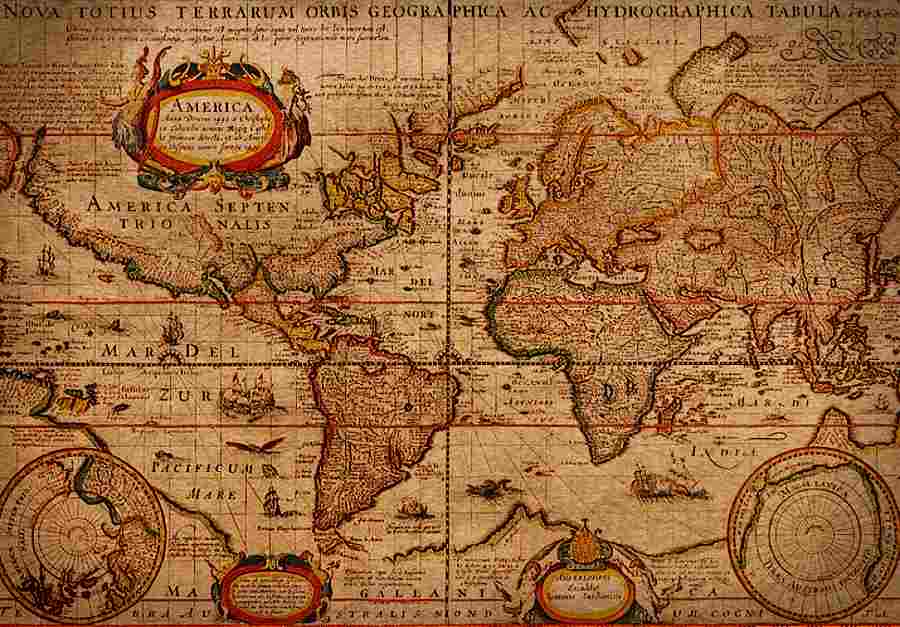Sat 03 August 2024:
A research team from Southern Methodist University (SMU) has discovered rocks and fossils in Angola that provide insights into the separation of South America and Africa around 140 million years ago, leading to the formation of the South Atlantic Ocean.
The team found fossils of long-extinct marine reptiles in Angola, offering valuable geological records. These findings highlight the previously known fact that the eastern coast of South America and the western coast of Africa were once joined in the supercontinent Gondwana, which had drifted from the larger landmass of Pangea.
Geological Evidence of Continental Breakup
According to the researchers, the southern coast of Angola contains the most comprehensive geological record of the continents’ separation and the formation of the South Atlantic Ocean. The discovered fossils and rocks date back 71 million to 130 million years.
SMU professor emeritus of Earth Sciences and lead author of the study, Louis L. Jacobs, emphasized the significance of Angola as a site where the entire process of the continents splitting can be observed. Unlike other locations where only parts of the split can be seen, Angola offers a complete geological narrative.
he study explains how nearly 140 million years ago, Africa and South America began to break apart, causing rifts along the Earth’s crust. Tectonic plate movements led to magma rising from the mantle, creating new oceanic crust and pushing the continents apart. This gap was eventually filled by the South Atlantic Ocean.
__________________________________________________________________________

https://whatsapp.com/channel/0029VaAtNxX8fewmiFmN7N22
__________________________________________________________________________
Educational and Research Impact
Co-author Michael J. Polcyn highlighted the educational value of these findings, noting the difference between inferring data from seismic activity and physically observing rock formations. The discovery in Angola provides tangible evidence of the geological processes that shaped the continents and the South Atlantic Ocean.
SOURCE: INDEPENDENT PRESS AND NEWS AGENCIES
______________________________________________________________
FOLLOW INDEPENDENT PRESS:
WhatsApp CHANNEL
https://whatsapp.com/channel/0029VaAtNxX8fewmiFmN7N22
![]()
TWITTER (CLICK HERE)
https://twitter.com/IpIndependent
FACEBOOK (CLICK HERE)
https://web.facebook.com/ipindependent
YOUTUBE (CLICK HERE)
https://www.youtube.com/@ipindependent
Think your friends would be interested? Share this story!





